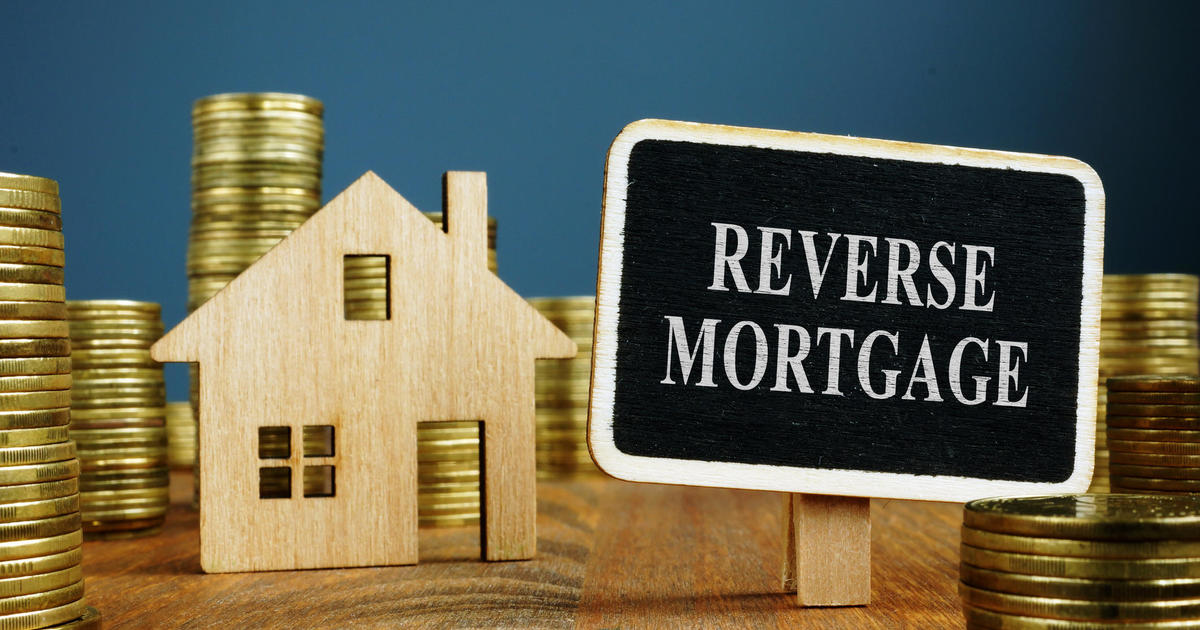Getty Images/iStockphoto
Traditionally, a mortgage refinance helps homeowners put extra money back into their pockets. By refinancing to a lower interest rate than what they currently have on their mortgage loan, homeowners reduce their payments and save money. And with a cash-out refinance they pay off their existing mortgage balance with a new loan, keeping the difference between the two as cash for themselves.
But right now isn’t exactly a traditional time in the mortgage rate climate. Mortgage interest rates are elevated, and in 2023, they hit their highest level since 2000. They’ve only come down slightly since then. This means that if you pursue either of the above options, it will likely come at the expense of having to exchange your existing, below-average mortgage rate for a much higher one.
For many homeowners, this is a compromise they can’t agree to. And for seniors, many of whom are reliant upon limited income and budgets, it’s an exchange that could severely hurt their financial status. Fortunately, there are multiple mortgage refinancing alternatives that seniors can – and should – consider now instead. Below, we’ll break down three of them.
Start by checking your reverse mortgage eligibility here today.
3 mortgage refinancing alternatives seniors should consider now
Seniors who can’t take advantage of today’s refinancing options may find these three alternatives beneficial now:
Reverse mortgages
This option is only available for seniors 62 and older (with some rare exceptions). But if you qualify it’s arguably your best recourse right now. Unlike other products, a reverse mortgage will pay you from your home’s equity versus you having to make monthly repayments back to the lender. That difference in equity will need to be repaid if the home is sold or if the owner dies. But, in the interim, it can provide a much-needed source of funding, particularly when considering that the average homeowner has around $330,00 worth of equity to utilize currently.
See how much money you could get with a reverse mortgage now.
Home equity loans
Home equity loans allow borrowers to withdraw from their equity at a fixed interest rate, which is a major advantage in today’s volatile rate climate. The loan will need to be repaid over a 10- or 15-year period, on average. But it won’t require touching your existing mortgage interest rate and you won’t even have to use your same mortgage lender if you can locate better rates and terms with a competitor.
That said, home equity loan rates are often lower because the home serves as collateral in this circumstance, so borrowers will need to have a clear ability to repay all that they’ve withdrawn or they could risk their homeownership in the process.
Check your home equity loan eligibility here now.
Home equity lines of credit (HELOCs)
HELOCs function similarly to home equity loans, but they disburse the funds via a revolving line of credit, unlike the home equity loan’s lump sum. And HELOCs have variable interest rates which change monthly for borrowers. This poses unique risks (a higher rate in the future could make payments prohibitive) and special benefits (as the rate climate cools your payments could drop, too). But if you want to maintain your existing, low mortgage rate and still get access to financing that you need now, a HELOC is worth exploring.
The bottom line
Seniors who want to tap into their home equity but don’t want to break the bank to do so should strongly consider skipping mortgage refinancing options for the above alternatives instead. By doing so they’ll still gain access to additional income but at a cheaper cost. Still, when borrowing from your home equity, it’s critical to weigh the pros and cons, especially for seniors with limited income. So consider speaking to a financial advisor or lender who can help answer all of your questions and concerns.


Leave a Reply